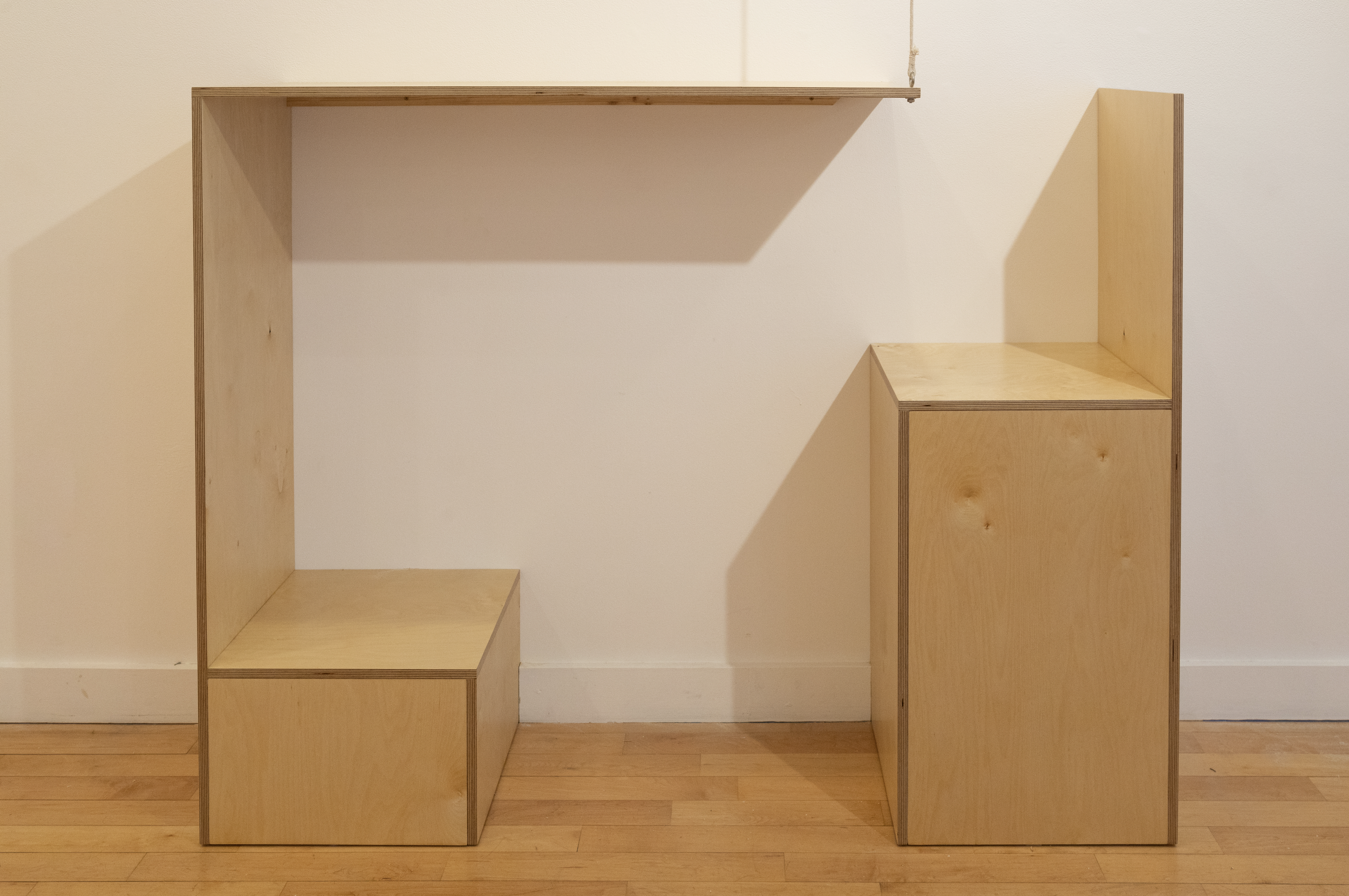








Mags Harries & Thyra Heder: Offshoot Collaborations
Reflecting on their collaboration, a conversation between Mags Harries and Thyra Heder. January 2022
Mags: This is not an easy process to collaborate with one’s offspring.
Thyra: I mean, how does one make art with your mother? When your mother is the artist you have most admired throughout your life? We had distinct art practices, conflicting and busy schedules in separate states, and a global pandemic. It felt nearly impossible to start.
M: At first Thyra and I sent these drawings in the mail to each other
T: And that didn't work. They only started working when we were drawing on other sides of the room in the same studio.
M: Yes, but we stuck to the rules! We only revealed the full image when all four parts were completed. We were struck how our lines were so similar and that it was almost as if we were communicating our intentions to each other. These drawings are totally blind yet they have a cohesion and whimsy to them. We questioned whether it was art but continued anyway.
T: The exquisite corpse game was low risk. In fact the idea that a drawing we created would work at all seemed insane, so we were off the hook completely. We relaxed into trying to make ourselves laugh. We weren’t making “Art” we were simply trying to spend time together in the studio until better things emerged. But there was a surprising synchronicity. We were drawn to similar subjects, patterns, and themes–as if we had an overlapping unconscious.
M: We began fusing objects into each other, a hat with two brims to contain a head looking in opposite directions or garments that join two people. These sculptures began as a conceptual way to connect two people but it is only when we tried to wear them that they took on personal resonance.
T: Yes, by documenting ourselves trying them on without a rehearsal, the introduction of chance added richer meaning to what we were doing. We had designed objects to represent our connection but when we wore them it brought that connection to life- Our arms were attached, we couldn’t see, we both wanted to lead, we cradled each other’s heads to get through neck openings and adjusted collars.
M: They became about care, as we each needed to help each other dress, a dance that could be awkward and tender and very funny.
T: It was, at times, hilarious.
With many of our pieces we learned that our synchronicity could not be planned, and we must develop ways of making alongside each other, rather than force a meaning onto what we were making.
M: We both like the Doing.
T: Ha! Well, you do for sure. I had to relent my need to know the outcome.
M: It must have been hard growing up with me jumping around to lots of different things.
T: It was sometimes. I think I needed to know the plan. But you know I'm the same way now as an adult. If you had asked me about our personalities last year, I might have said we weren't very similar, but this process has revealed a lot of parallels.
M: I think it has happened a lot more organically than I thought. There was so much anxiety around it. To actually do this felt like I wouldn’t be comfortable. You never quite quit being a mother.
T: And I couldn’t quit pushing back.
M: I am not sure we reached a deeper understanding.
T: I think through our various experimentations we've both gotten a sense that our connection might exist deeper than understanding.
Exquisite Corpse #10: Lady, 2021, 16x19.25”, Charcoal on paper, in wood frame
Akin-Apart, 2021, 33.5x14”, Framed digital print by Kathy Chapman
Exquisite Corpse #9: Two Snakes, 2021, 16x19.25", Charcoal on paper in wood frame
Solo Work by Thyra Heder





























